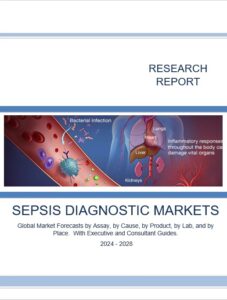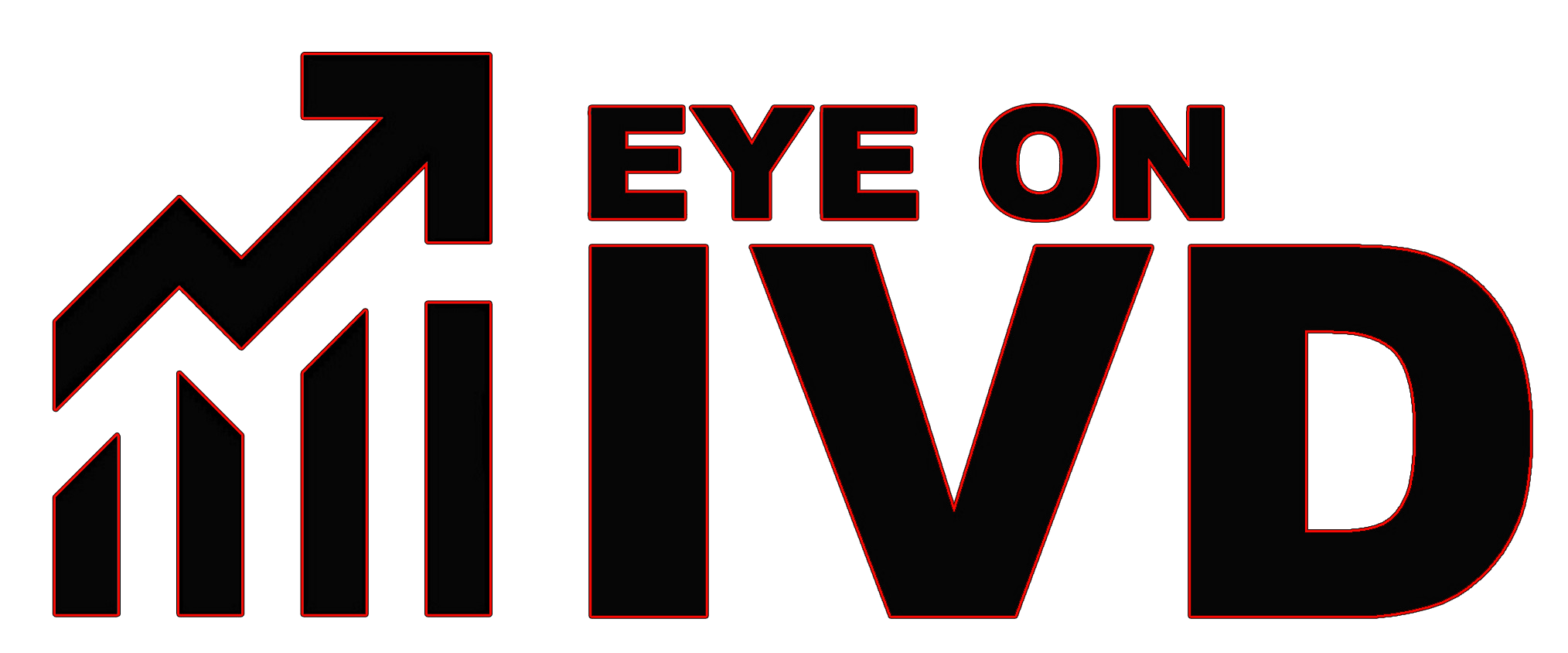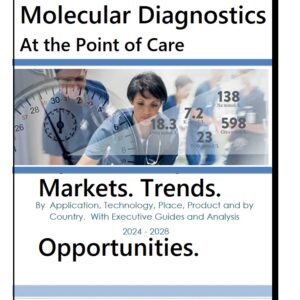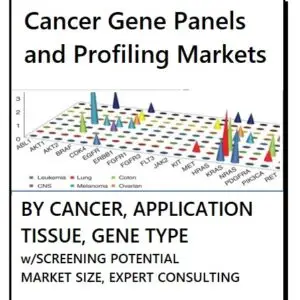Sepsis is a life-threatening condition that arises when the body’s response to infection triggers widespread inflammation, leading to tissue damage, organ failure, and potentially death if not treated quickly. According to the World Health Organization, it affects an estimated 49 million people globally each year, leading to approximately 11 million deaths. Early diagnosis and immediate intervention with antibiotics and supportive care are crucial for improving survival rates.
Diagnostics for sepsis are urgently needed and improvements are a constant concern. This creates an opportunity for test makers. But how to sum up this opportunity for reasonable business planning efforts? This report, Sepsis Markets, is a comprehensive review of the industry. The report looks at both the challenges and opportunities in the diagnostics for sepsis.

This report is based on research conducted over the last four months. Data is derived primarily from executive comments, quarterly reports, and industry association data. While much information is kept confidential by suppliers this report infers revenues based on estimates of individual company activities by channel historically, currently, and as intermittently reported. This report aggregates supplier revenues and compares these to industry and other sources to arrive at estimates of current and historical market size. Forecasts are firstly based on historical growth rates and the current overall economic growth outlook for specific regions and countries. Secondarily the growth outlook is modified to account for factors specific to the market under study.
Sources of information include the World Health Organization, the International Monetary Fund, the World Bank, several U.S. and European Union government bodies and industry associations. Considerable primary information is collected from company annual and quarterly reports, industry associations, industry participants and executives, whose information and insight are regularly solicited. Much company information comes from company websites, investor presentations, press releases, annual reports, 10K filings, news reports, national statistical services and industry blogs. Technical information is primarily based on published academic literature.




![IMMUNOASSAY MARKETS: TOTAL COVERAGE: by Technology [Enzyme, Chemiluminescence, Rapid/POC, Other Technology] by Instrument/Reagent/Services, by Disease](https://eyeonivd.com/wp-content/uploads/2024/10/Immunoassays-2-300x300.webp)


Reviews
There are no reviews yet.